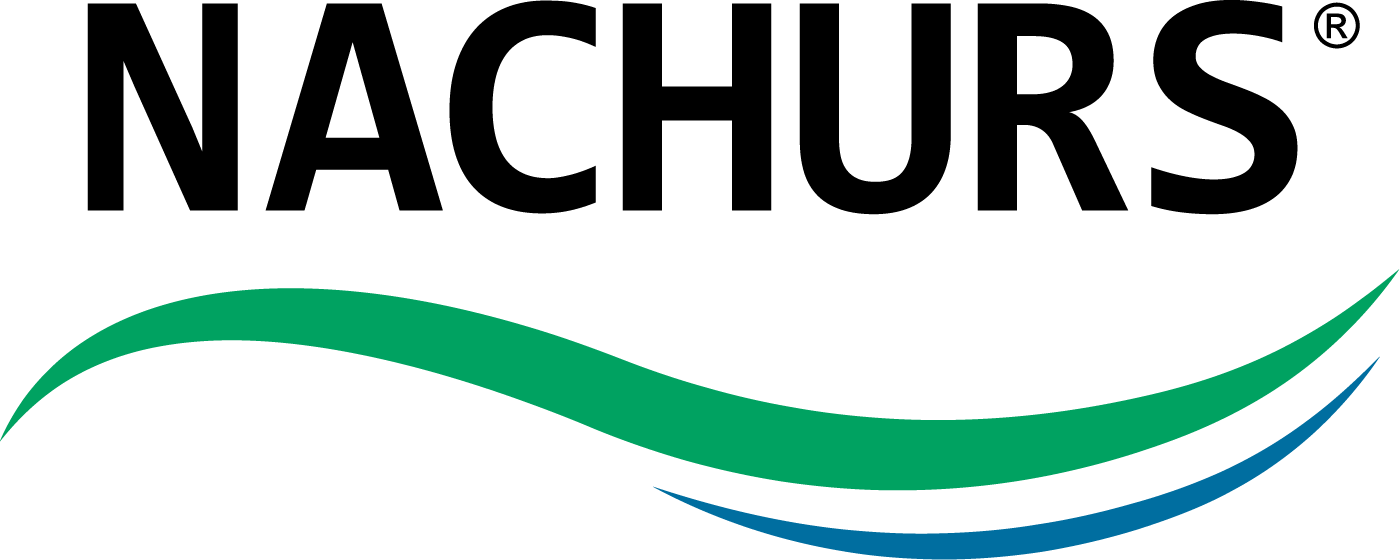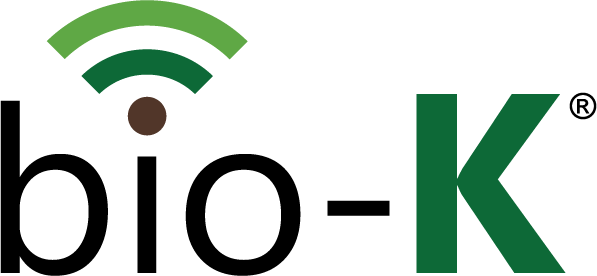Starter Nutrition
Starter nutrition is a key component of any balanced nutrition program. Starters provide the emerging seedlings with essential nutrients which are accessible near the young roots just as the sugars and starches are being depleted from the germinated seed. By encouraging vigorous seedling development through the use of a seed-placed starter, opportunity for greater yield and plant health can be positively impacted. Robust seedling development can better resist insect and disease pressure as well as thrive more effectively with any competing weeds.
In starter nutrition, phosphorous (liquid or dry) is a key nutrient since it is practically immobile in the soil and is known to promote vigorous root growth. A small amount of nitrogen in the starter provides the nutrition needed early on for rapid growth and full development without causing seedling injury. The addition of potassium in the starter enhances crop quality and improves disease resistance. If soil tests call for micronutrients, then it is most efficient to place them close to the seed with the starter nutrition for maximum benefit.
Starter nutrition can be described as the catalyst to achieve the full genetic yield potential of the plant. To increase the probability of the emerging seedlings roots and making contact with this catalyst, one can control its placement with properly equipped planters. By placing the starter nutrition as close to the seed as possible the efficiency in nutrient uptake by the plant is maximized.
Featured Videos
Learn more about our products and agronomics in these YouTube videos.
Nitrogen
Most plants absorb a majority of their nitrogen in the nitrate (NO3–) form and to a lesser extent the ammonium (NH4+) form. Plant growth seems to improve when a combination of ammonium and nitrate nitrogen is taken up by the plant. Once inside the plant, the nitrate transforms to NH4-N through energy provided by photosynthesis.
Inside the plant, nitrogen converts to amino acids, the building blocks for proteins. These amino acids are then used in forming protoplasm, which is used in cell division. These amino acids are also utilized in producing necessary enzymes and structural parts of the plant and can become part of the stored proteins in the grain.
Nitrogen serves as the source for the dark green color in the leaves of various crops. This is a result of a high concentration of chlorophyll. Nitrogen combined with high concentrations of chlorophyll utilizes the sunlight as an energy source to carry out essential plant functions including nutrient uptake.
Chlorophyll is associated with the production of simple sugars from carbon, hydrogen, and oxygen. These sugars along with their conversion products play a role in stimulating plant growth and development along with higher protein content in the grain.
Phosphorus
Plants take in phosphate in the orthophosphate form of H2PO4 and HPO42. Traditional liquid phosphate fertilizers are 70% polyphosphate which must convert into the orthophosphate form in the soil solution. Although some polyphosphates will decompose without enzyme interaction, the primary conversion factor is enzymes produced by microorganisms and plant roots.
Orthophosphate
Each molecule contains a single atom of phosphorus. In simple terms, this looks like the individual links in a chain not being connected. In this form a plant can readily absorb the phosphorus.
Polyphosphate
Poly means “many” and refers to multiple linkages of phosphorus in each molecule. In simple terms, this would look like a chain with the links connected. Here the polyphosphate form must go through a chemical reaction converting it into the orthophosphate form to be readily available for the plant to absorb the phosphorus. There are a variety of factors that can affect the conversion of the polyphosphate to the orthophosphate form. These include soil temperature (cooler temperatures can lengthen the conversion time), soil pH, clay content of the soil, application method, along with several other factors.
Since all plants must drink their food, dry forms of phosphate fertilizer which are already in the orthophosphate form must convert into a solution in the soil before the plant can uptake the nutrient. The conversion rates of both of these processes are dependent on soil moisture and temperature conditions.
Numerous studies have shown that a lack of phosphate early in plant growth will negatively affect the yield and maximum yield cannot be achieved even if phosphate availability or additional supply is available to the plant at later growth stages.
Work by the University of Guelph has show that the phosphate supply from seed placed starter fertilizers will provide the required amount of phosphate to the plant at this critical stage in plant development. The plant is unable to source enough phosphate from the soil at this stage even in soils which test high for available phosphate. NACHURS liquid fertilizers are 80-100% orthophosphate and are specifically manufactured to be placed directly on the seed.
Potassium
The plants absorb the ionic form of potassium (K+) from the soil. Plant roots will only come in contact with approximately 2% of the soil area. This is very critical in potassium management. Once the plant is growing, the potassium ion will only move a limited distance through the soil solution by diffusion during the growing season.
Learn about Bio-K
Potassium is one of the greatest investments in protecting a crop. It has the ability to strengthen stalks and stems, protecting the plant from lodging. It has the ability to make plant cells thicker to endure stressful conditions. In alfalfa and other forage crops, it is essential in providing optimum nutrition for winter hardiness. In soybeans potassium has proven to increase seed and grain quality by reducing the number of infected and shriveled seeds.
Potassium has this impact because it is involved in over sixty enzyme systems that regulate plant growth reactions. One of these major roles is in regulating water use efficiency in the plant. The opening and closing of the stomates in the leaves is directly related to the concentration of potassium in the cells that surround the stomates. If the plant has a shortage of potassium, the stomates will only open partially and be slower in closing.
Potassium is also vital in photosynthesis. If a plant is deficient in potassium, photosynthesis will decline, in turn, the plants respiration rate increases causing the plant’s carbohydrate supply to decrease. Carbohydrates provide energy for plant growth when they are broken down, which potassium plays a key role in.




